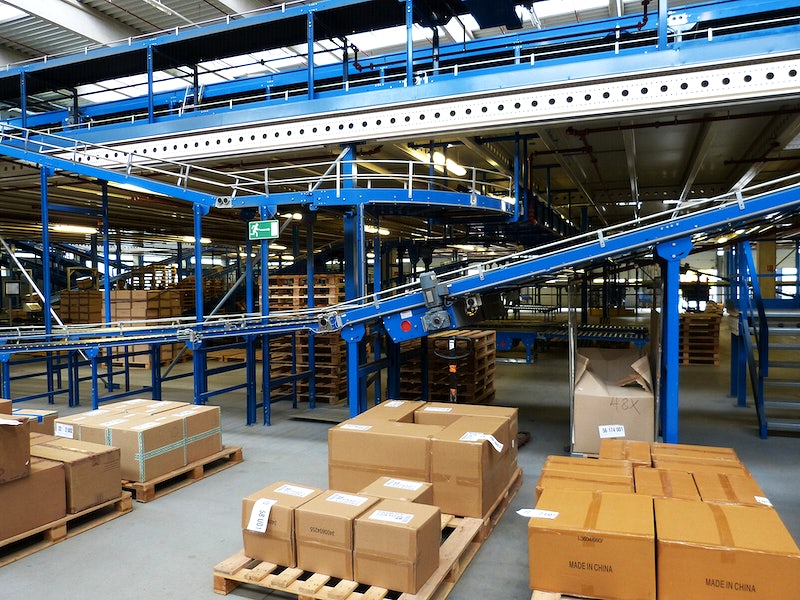-
Unleashing the Magic of AI: Transforming 3PL Inventory Management

Dive into the wild world of modern logistics, where AI dons its superhero cape to solve the puzzle of scattered pieces.
-
Tips for Optimizing eCommerce Fulfillment for US Sellers: A Comprehensive Guide

eCommerce has become an integral part of the retail industry, with millions of people shopping online every day. As an eCommerce seller, it’s important to have a solid fulfillment strategy in place to ensure that your customers receive their orders in a timely and efficient manner. In this guide, we’ll be sharing some tips on…